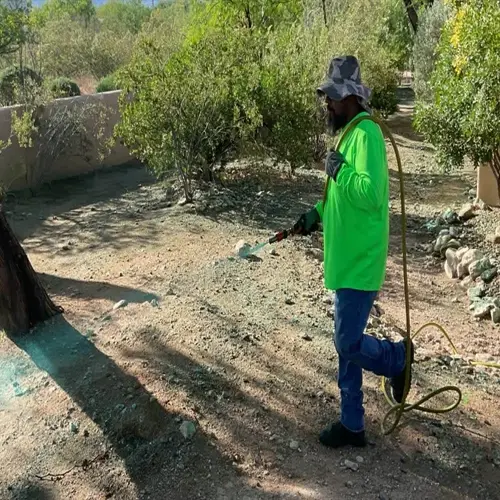Does hydrogen peroxide eliminate scale insects?

Written by
Benjamin Miller
Reviewed by
Prof. Martin Thorne, Ph.D.Hydrogen peroxide has limited effectiveness for scale bugs, which is perplexing to many gardeners. It is highly lethal for surface adults immediately, but does not affect eggs or hidden infestations. I learned this the hard way when my hibiscus exhibited new scales after several days following treatment. Proper dilution and combinations make it more useful.
Proper Dilution
- Use only 3% hydrogen peroxide solution
- Mix 1 part peroxide with 1 part water
- Test strength on single leaf before full application
Targeted Application
- Spray directly onto visible scale clusters
- Use cotton swabs for precise treatment on stems
- Apply during cooler hours to reduce plant stress
Safety Limitations
- Avoid delicate plants like ferns and orchids
- Never use on seedlings or new growth
- Discontinue if leaf yellowing occurs
Effectiveness Boosters
- Combine with horticultural oils for better penetration
- Add soap as surfactant for improved coverage
- Follow with neem oil for residual protection
Treatment Frequency
- Apply every 3 days for maximum impact
- Limit to 3 applications per outbreak
- Switch methods if no improvement occurs
Application timing is key to success. Apply when the crawler stage is present and scales are most susceptible to chemical control. I apply the controls in the early morning hours before temperatures soar above 75 degrees. Avoid the sun during midday hours, as this will cause the applications to evaporate rapidly, lessening their effectiveness. Re-applications every three days will attack the ordinarily emerging crawlers.
Plant sensitivity governs the factor of safety. Tender plants, such as ferns and African violets, can burn their leaves even in properly diluted solutions. Always experiment on one leaf first and wait at least 24 hours before proceeding. My maidenhair fern did not recover until I stopped using peroxide and switched to soap sprays.
Combination methods eliminate limitations. Hydrogen peroxide combined with horticultural oils helps penetration through armored scales. Add liquid soap to make it stick to shells. I was able to control magnolia scale by alternating weekly between swabbing with hydrogen peroxide and spraying with neem oil.
Environmental safety remains a crucial factor. Hydrogen peroxide decomposes into water and oxygen, leaving no toxic residues. For that reason, it is the preferred agent to use in the vicinity of edible plants as opposed to chemicals. Nonetheless, one must keep in mind the necessity of protecting pollinators by not allowing the spray on the flowers while the material is being applied. This is the case in my vegetable garden.
Read the full article: Scale Insect Treatment Methods Explained

